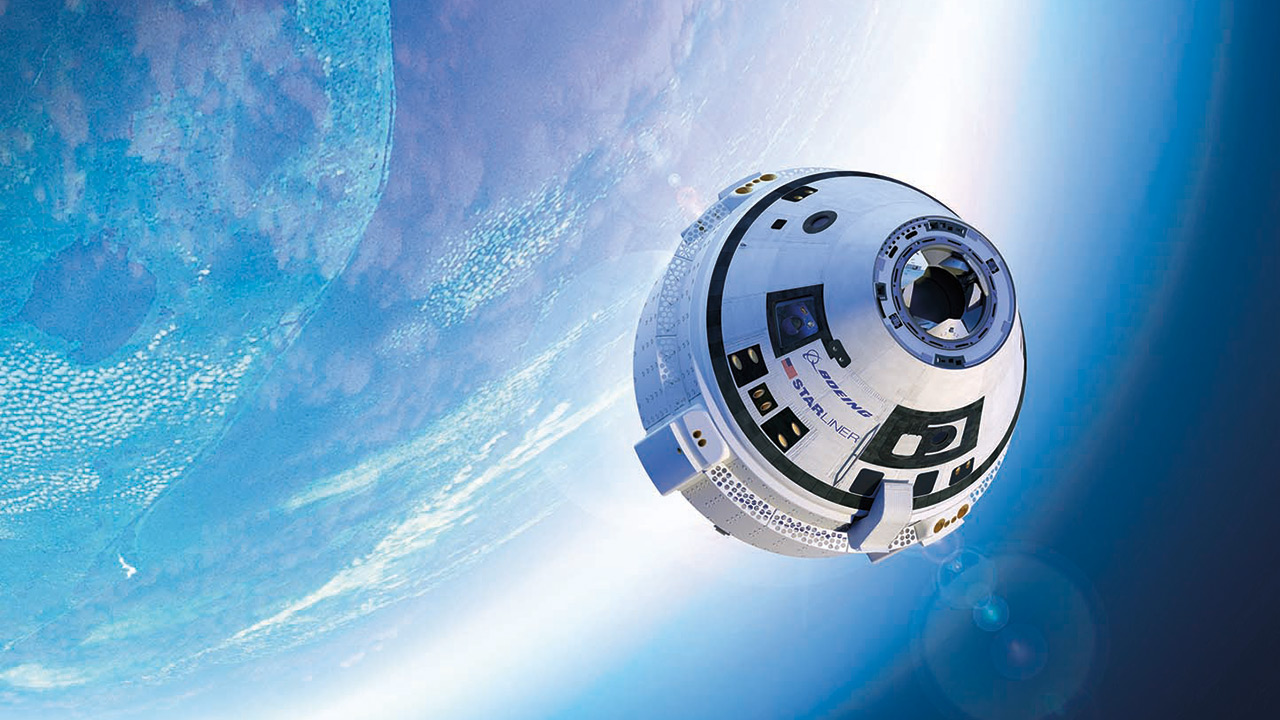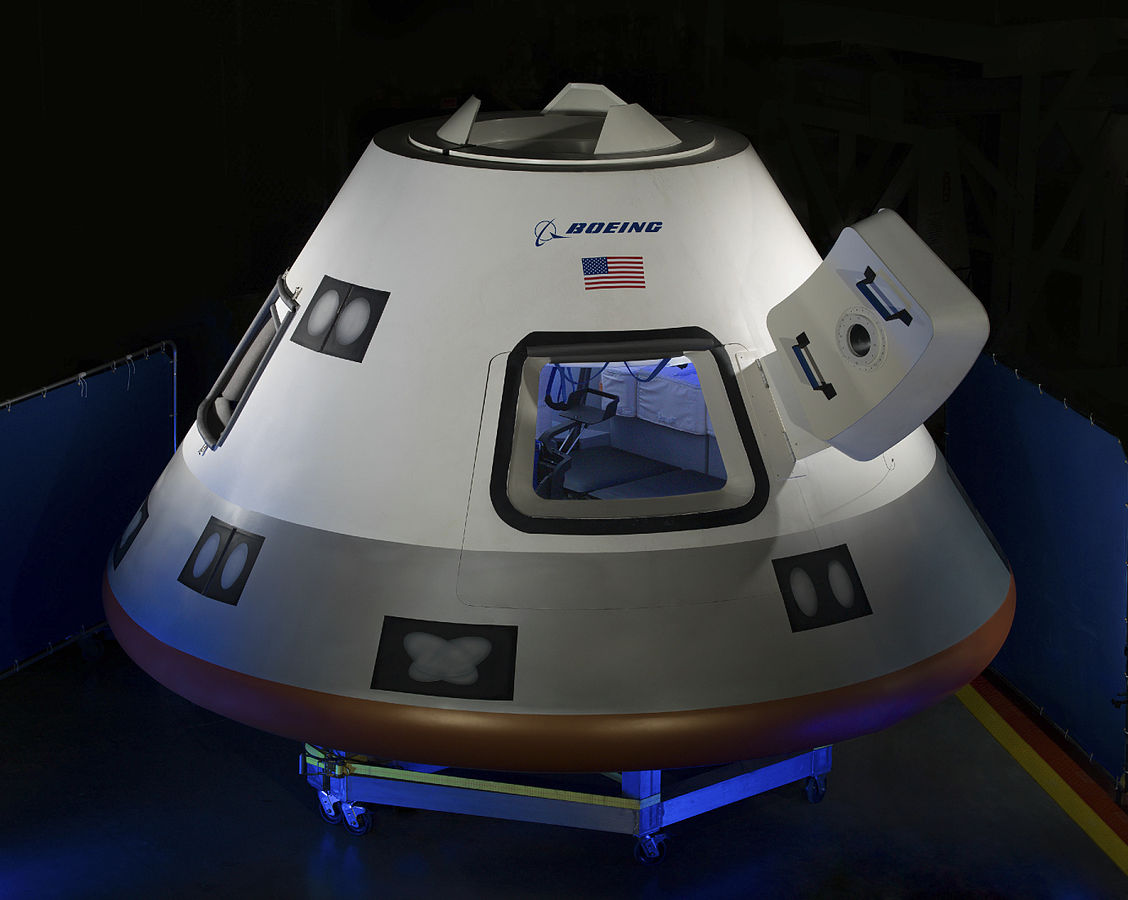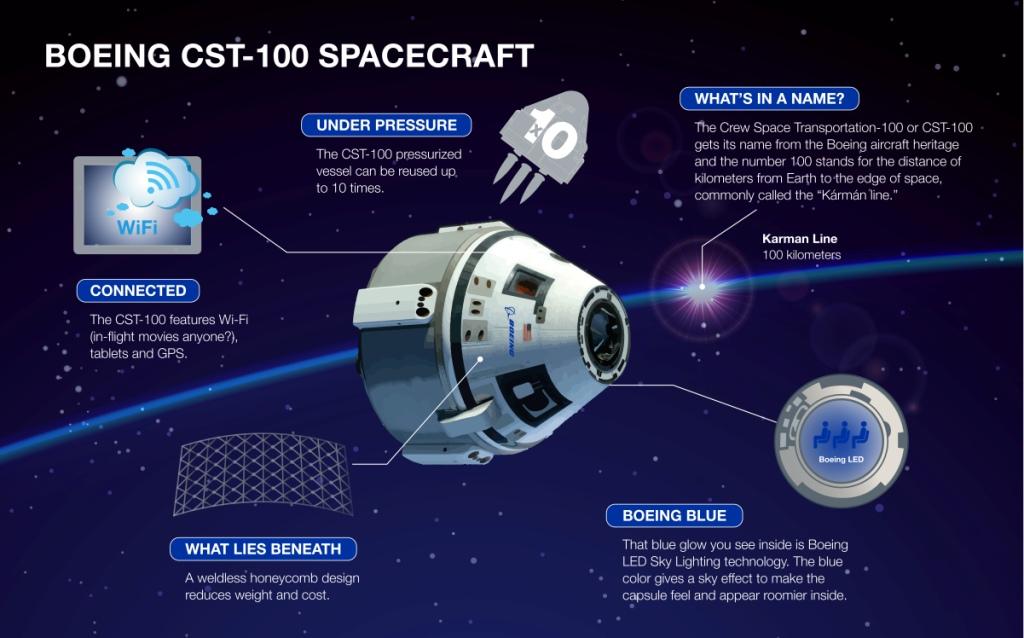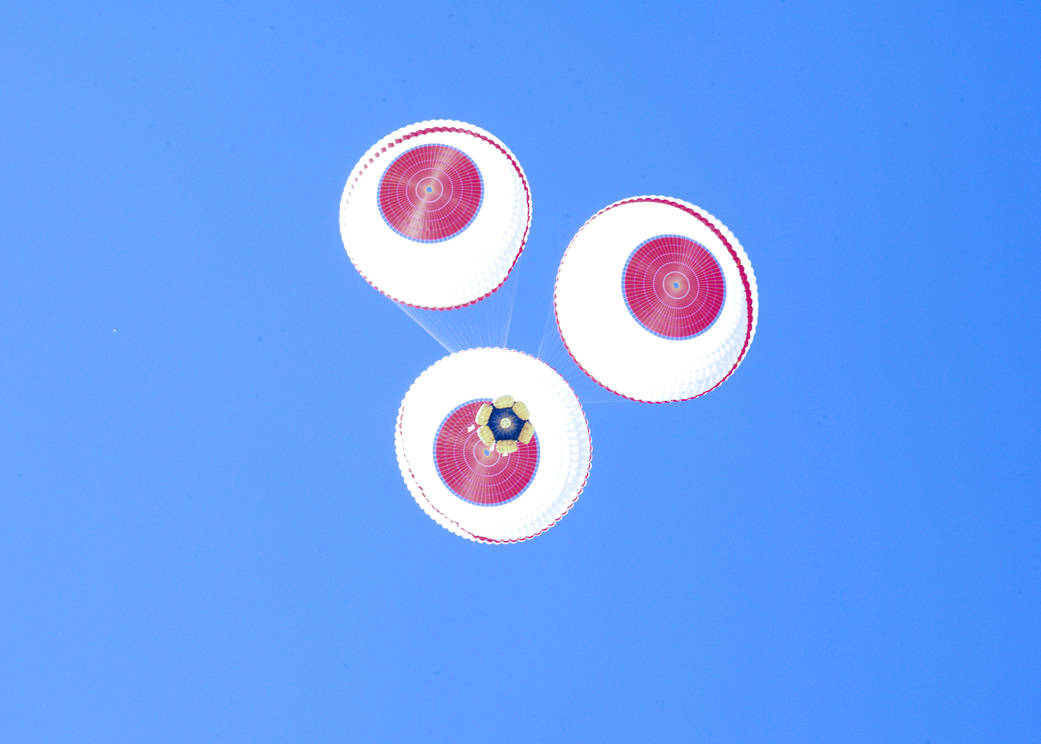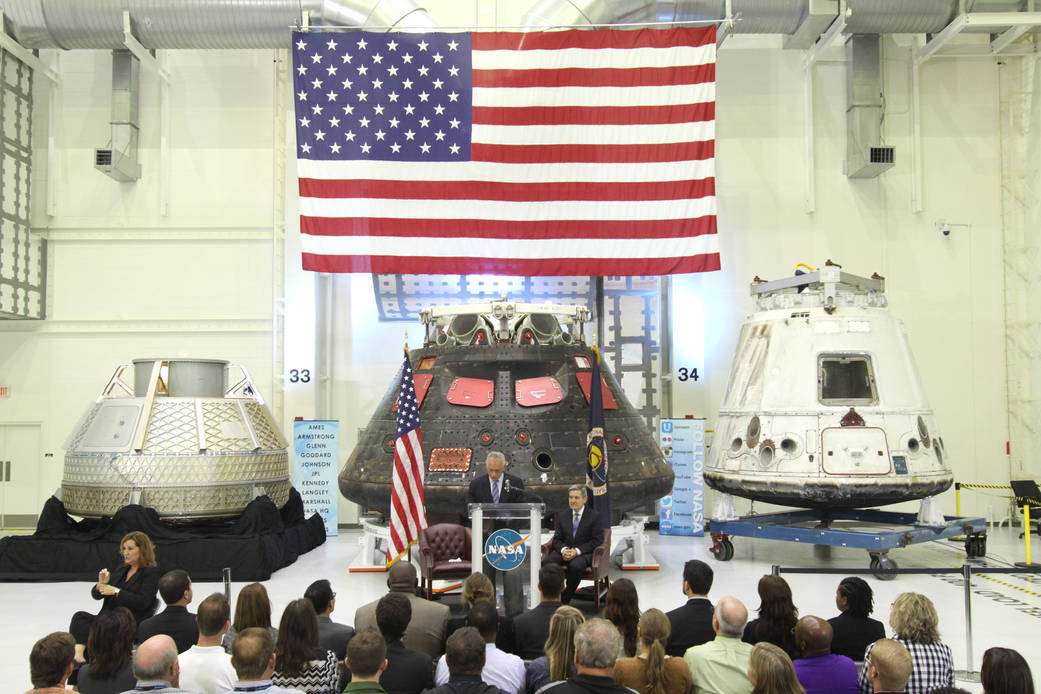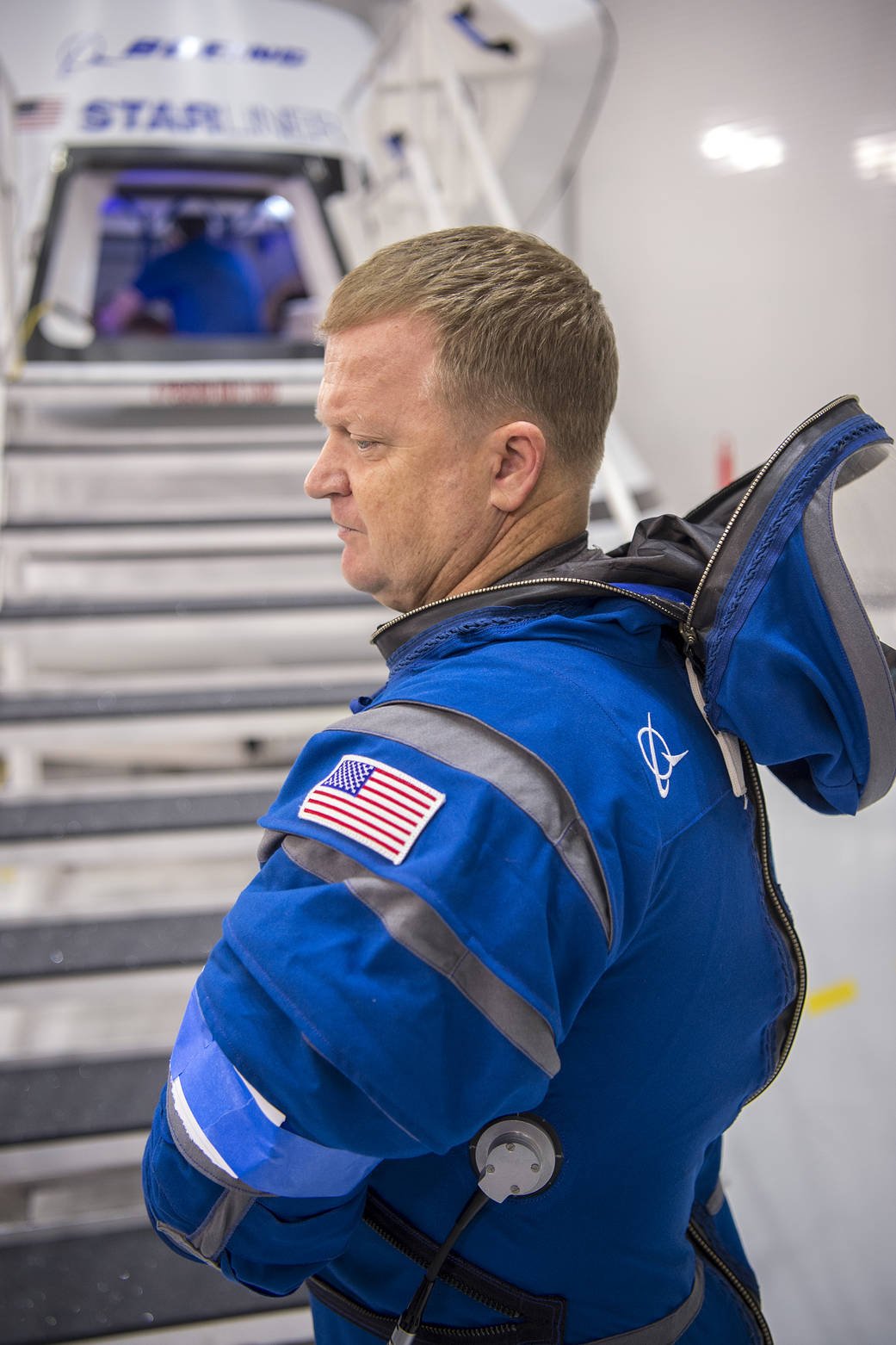Boeing’s Commercial CST-100 Starliner Crew Capsule
The Reusable Starliner
Boeing’s Starliner spacecraft, developed in collaboration with NASA’s Commercial Crew Development Program (to foster private space capabilities) was one of two selected to transfer astronauts and cargo to and from low-Earth orbit. The CST-100 Starliner is reusable and can carry up to 7 crew members including paying space tourist! The first crewed flight atop an Atlas V rocket is scheduled for early 2019.
Commercial Space Transportation For the 21st Century
The commercialization of space will be critical to driving costs down in the future to fully utilize the International Space Station (ISS). The NASA led Commercial Crew Development Program (CCDev) to develop private space capabilities through a competition to develop the next generation of human spacecraft was an inspired decision. With SpaceX’s Crew Dragon and Boeing’s CST-100 Starliner ultimately being awarded the contracts to transport US astronauts to the low-Earth orbit for the foreseeable future.
Boeing’s Starliner will help return America’s human spaceflight capability it lost when the Space Shuttle fleet was retired in 2011; ending the longest period since US manned spaceflight began that the US hasn’t launched its own astronauts. NASA has contracted Boeing to complete 6 crew rotation missions to the ISS, with 4 astronauts per flight; allowing Boeing to contract a seat per flight for a paying space tourist! The first Starliner crewed commercial spaceflight is planned to liftoff in early 2019.
Interesting Facts About The Commercial Crewed Starliner!
- The CST stands for Crew Space Transportation, but the 100 doesn’t refer to the famous Kármán line, it was just a designation number, something aircraft get regularly at Boeing.
- The Starliner capsule looks similar in design to NASA’s new Orion crew capsule, as well as the older Apollo command module, and falls in between in terms of size.
- The 15 ft diameter capsule utilizes a ‘weldless’ honeycomb structure which reduces failure risk, weight and construction time.
- The capsule is designed to accommodate up to 7 crew, or crew cargo mix, to reach low-Earth orbit destinations like the ISS and stay in space for 7 months while docked to the ISS solar power supply.
- Unlike the Apollo module, the Starliner can be reused up to 10 times with a 6-month turnaround.
- The Starliner is jammed with ergonomics and high tech too; with blue LED lighting technology, touchscreen controls, autonomous flight computers - it even has wifi! How crazy & futuristic!
- Astronauts will also wear advanced new bright blue Boeing spacesuits during critical phases of flight such as launch, ascent and reentry.
- Similar to SpaceX’s Crew Dragon, the Starliner has a rocket abort system which pushes the crew capsule to safety, rather than utilizing the traditional tower abort system. This saves on weight and cost.
- The CST-100 capsule can be launch into orbit atop several large rockets such as the Atlas V, Delta IV and the competitions Falcon 9!
- The United Launch Alliance’s Atlas V expendable rocket will launch the first test and crewed flights from launch pad 41, Cape Canaveral, Florida.
Exciting times for manned spaceflight with these new spacecraft being deployed!
